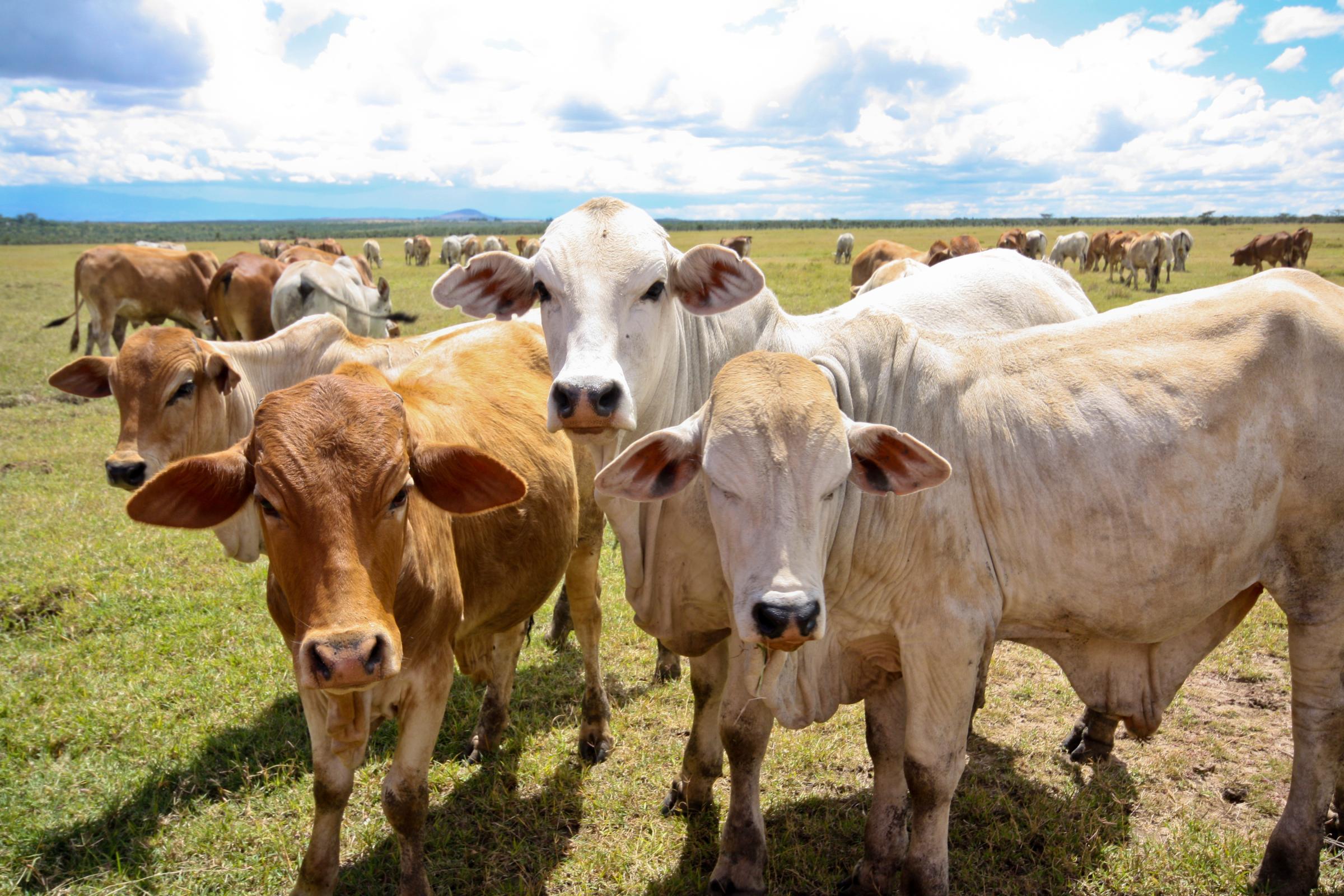
Food Safety
A New, Validated Method for Detecting E. coli O157:H7 in Beef Trim
The United States Department of Agriculture’s Food Safety and Inspection Service (USDA FSIS) collects and analyzes raw beef products for both Shiga toxin-producing Escherichia coli (STEC) and Salmonella. The current methods can be labor intensive and result in product loss. Typically, a sample is collected by N60 excision and is co-analyzed for the presence of both pathogens. The beef industry uses these same sampling techniques routinely.
What is the N60 method?
This method requires random sampling of beef trimmings per production lot. A total of 60 pieces from each lot must be aseptically collected by slicing thin strips from the external surface of trim pieces. Each strip is then scored with a knife and placed into a sampling bag. Once all strips are prepared, the bag should weigh approximately 325g. The bags are then sent to the lab for testing. This process is labor-intensive, poses safety issues to the employees, and increases the chances of cross-contamination (as samples may need to be collected from multiple barriers). Following this, laboratory testing ensues and if a positive result for E. coli is obtained, further testing is performed to confirm if the sample is indeed positive. Confirmatory testing usually takes 3 to 4 days.
What if this process could be simplified?
We believe it definitely can. A novel sampling methodology has recently been developed that utilizes a manual sampling device (MSD) swab rather than taking actual portions of meat to be tested. The MSD swab is designed to capture pathogens from the top surface of the entire lot on a cloth matrix. This swab provides a simplified sampling approach for beef trim that is nondestructive and provides labor savings (both in time and safety). This swab provides a simplified sampling approach that is nondestructive. In combination with post-enrichment pooling, surface sampling using MSD swab has the potential to produce rapid cost-efficient results when screened with PCR and to reduce product waste.
How did we validate it?
Using MicroTally™ MSD swabs, raw beef trim was swabbed and then spiked with either high-level or low-level amounts of E. coli O157:H7 and Salmonella Typhimurium. Uninoculated controls were also analyzed in parallel. Swabs were homogenized with 200 mL of pre-warmed (42°C) proprietary MP media and incubated at 42°C for 8-24 hours. Samples were tested by Real-Time PCR using the BAX® System and confirmed according to the procedures in the USDA FSIS MLG methods 5C.00 (STEC) and 4.10 (Salmonella).
Conclusions:
Results indicated this method delivered accurate results for the detection of both E. coli and Salmonella Typhimurium at 8 hours equivalent to the USDA FSIS reference method. Sensitivity and Specificity were 100%. References:
- Beef Industry Food Safety Council (BIFSCO) March 2020. Guidance Document for Lotting and Sampling Beef Products for Pathogen Analysis. https://www.bifsco.org/Media/BIFSCO/Docs/lotting_and_sampling_of_beef_products_for_pathogens_analysis_update_april_-2019.pdf